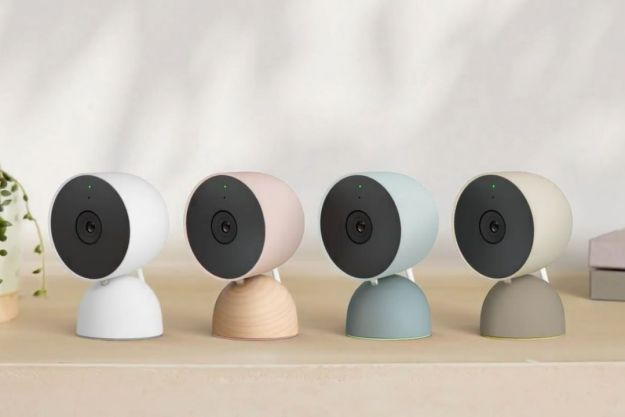When I was a kid I found a small key in my parents’ den. All alone, randomly laid on a shelf, and with no key tag or label, my 10-year-old self became obsessed with finding its lock. I tried it on doors, and a padlock on the garage storage cabinet. I determinedly shoved it into desk drawers to no avail. It wasn’t until I happened upon a small strongbox tucked on a shelf in my dad’s closet that I struck gold. I’m not going to tell you what I found in that box, but suffice to say it was not meant for children. But that’s the thing about kids: Give them a mystery to solve and they will relentlessly pursue it until they have an answer. So how then can we truly keep our most valuable, private, or dangerous goods from curious kids? Are we ready for the smart safe?

What is a smart safe?
The term “smart safe” has generally been used in commercial environments. These tend to be secure devices that can store excess cash while automatically counting bills, for example.
In the last couple of years, this type of technology has been adapted to the smart home and DIY home security environment.
Trova is a company that makes what it calls a smart storage device for home, or on the go. Trova’s safes range from pocket-sized to lunchbox-sized and are windowless, keypad-free metal strong boxes that allow you to store anything from cash, to jewelry, and even … your stash. The idea of these devices is that you can safely tuck away small valuables to keep them out of the hands of thieves, or even secure from curious children.
Is a smart safe more intelligent than a regular safe?
In a word, yes. Smart safes like the Trova go use biometric security to access them, meaning you will need either your fingerprint or face scan to open the box using Bluetooth, and only after connecting to and authenticating using an app on your smartphone. Technically this means it’s possible for these safes to be impenetrable since you can’t open them just guessing a simple four-digit numeric code, or by happening upon a physical key. Plus, unlike in the movies, an intrepid cat burglar can’t hook up some electrical leads to a device like this, spin a million combinations, and hack in.
Unless you’re investing hundreds or even thousands of dollars in a high-end personal safe with built-in biometrics (like a MyCube, for example), something like Trova has an additional layer of security. In part that’s because someone needs to locate and get hands-on with your phone to access the Trova safe, while MyCube has the fingerprint reader right on the door.
When compared to a ‘regular’ safe which uses a numeric keypad, combination, or key, smart safes are more secure, simply because a thief (or child) would have to go to a lot more trouble than guessing your birthdate, or looking under the desk blotter for a pin code.
Products like smart safes are not without their downsides. The smallest Trova safe box could be jimmied open using a butter knife or screwdriver and enough determination, but the same could be said for a lockbox or safe that uses a key or combination as well. In truth, all safes are only as good as their build quality.

While a regular safe is an obvious beacon that tells a thief exactly where your valuables are hidden, the true genius of smart safes like Trova is in their ability to hide in plain sight. With a soft brushed metal exterior and low profile design, these boxes don’t stand out in a huge way, or at least the portable version called Trova Go doesn’t. It’s possible your children would not even know it’s a safe, and certainly wouldn’t know what’s inside if they happened upon it. And without your fingerprint or face scan, they definitely wouldn’t be able to open it up on their own. Could this be the ultimate way to keep things out of your children’s hands?
Can a smart safe be hacked?
In theory, anything can be hacked. But a smart safe requires a little more skill, diligence, and getting around multiple-factor authentication. To hack into a smart safe with biometric access, you’d also first need to hack into someone’s phone, and then find a way to replicate their fingerprint or face scan through the app.
If hacking isn’t an option there’s always cracking. In theory, it’s probably also possible to take some major tools to a device like the Trova smart safe, split it open, and spill out its valuable contents. But that risks destroying what’s inside and naturally leaves evidence of the burglary. And as any burglar knows, it’s always better to leave no trace of your presence.
I had a chance to spend a few weeks with one of Trova’s safes, and found that it actually works pretty well at being a clever and secure hiding spot.
So if you’ve got items you’d rather keep out of reach of children, or thieves a smart safe might be just the option.
Editors' Recommendations
- Ring is launching its first integrated pan-tilt security camera later this year
- SimpliSafe is now using AI to prevent burglars from entering your home
- Dyson’s new AR mobile app shows where you forgot to clean
- iRobot launches affordable robot vacuum and mop combo that costs just $275
- Is this really Apple’s next big thing?



